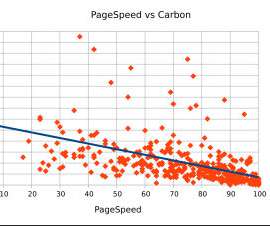How Improving Website Performance Can Help Save The Planet
Smashing Magazine
JANUARY 15, 2019
How Improving Website Performance Can Help Save The Planet. How Improving Website Performance Can Help Save The Planet. You may not think about it often, but the Internet uses a colossal amount of electricity. Generally speaking, we can also run the top command on any server to which we have shell access.













Let's personalize your content